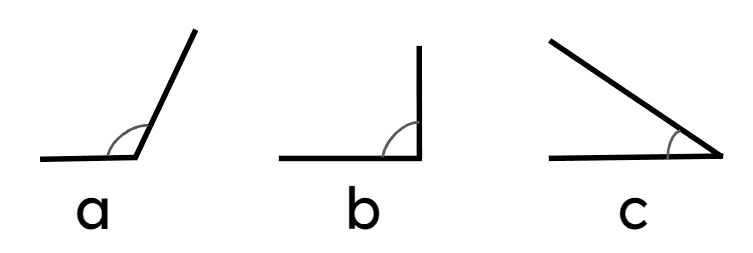Myths about teaching can hold you back
- Year 3
Make different sized angles by rotating two lines around a fixed point
I can create different sized angles by rotating lines around a point.
- Year 3
Make different sized angles by rotating two lines around a fixed point
I can create different sized angles by rotating lines around a point.
These resources were made for remote use during the pandemic, not classroom teaching.
Switch to our new teaching resources now - designed by teachers and leading subject experts, and tested in classrooms.
Lesson details
Key learning points
- An angle is a measurement of turn.
- It doesn't matter how long the lines are, the amount of turn forms the angle.
- The point or angle is where the two lines meet.
Keywords
Angle - An angle is a measure of turn.
Rotate - To turn around a fixed point.
Fixed point - A point that does not change or move.
Clockwise - Clockwise is the direction that the hands of an analogue clock travel.
Anticlockwise - Anti-clockwise is the opposite direction to which the hands of an analogue clock travel.
To help you plan your year 3 maths lesson on: Make different sized angles by rotating two lines around a fixed point, download all teaching resources for free and adapt to suit your pupils' needs...
To help you plan your year 3 maths lesson on: Make different sized angles by rotating two lines around a fixed point, download all teaching resources for free and adapt to suit your pupils' needs.
The starter quiz will activate and check your pupils' prior knowledge, with versions available both with and without answers in PDF format.
We use learning cycles to break down learning into key concepts or ideas linked to the learning outcome. Each learning cycle features explanations with checks for understanding and practice tasks with feedback. All of this is found in our slide decks, ready for you to download and edit. The practice tasks are also available as printable worksheets and some lessons have additional materials with extra material you might need for teaching the lesson.
The assessment exit quiz will test your pupils' understanding of the key learning points.
Our video is a tool for planning, showing how other teachers might teach the lesson, offering helpful tips, modelled explanations and inspiration for your own delivery in the classroom. Plus, you can set it as homework or revision for pupils and keep their learning on track by sharing an online pupil version of this lesson.
Explore more key stage 2 maths lessons from the Right angles unit, dive into the full primary maths curriculum, or learn more about lesson planning.
Licence
Prior knowledge starter quiz
6 Questions
Q1.Match the start and end of the sentence to show what happened in the image.
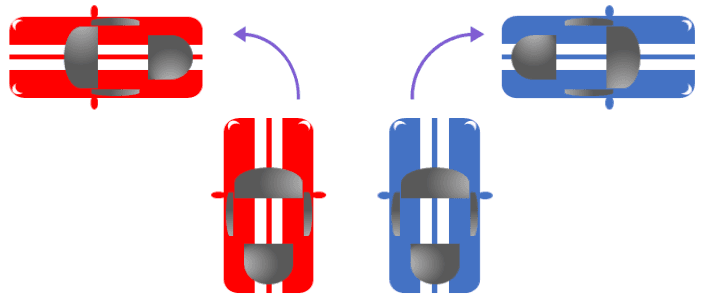
to the left
to the right
Q2.This shape turned to the right. How far did it turn?
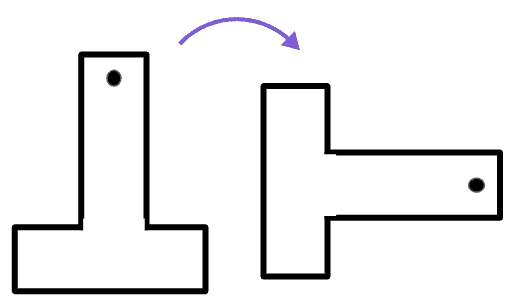
Q3.The shape made a turn. How far did it turn?
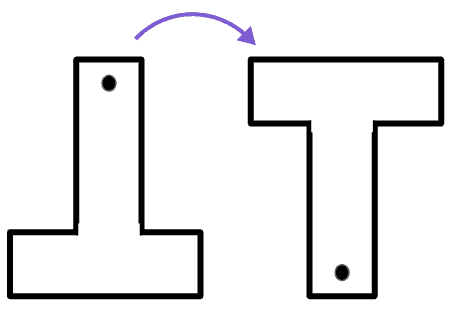
Q4.This shape made a turn to the left. How far did it turn?
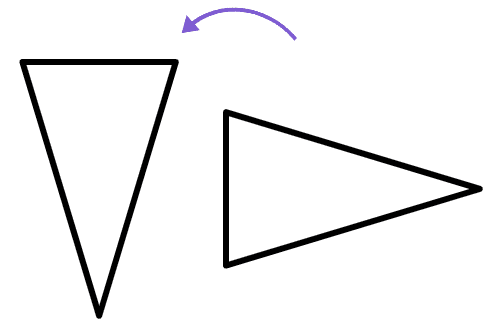
Q5.Which of the statements are true for polygons?
Q6.Here are two polygons. What is the same for both shapes?

Assessment exit quiz
6 Questions
Q1.An is a measure of turn.
Q2.Hands on an analogue clock always rotate .
Q3.Which arrows show an anticlockwise turn?
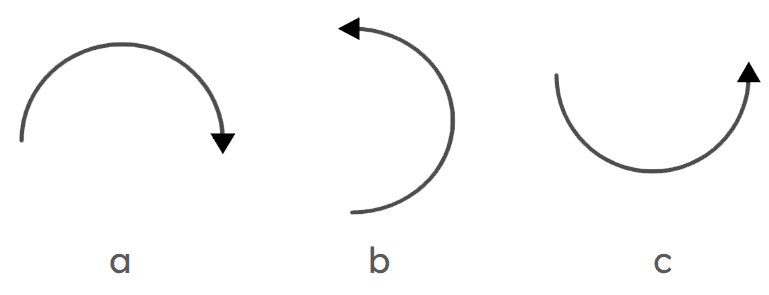
Q4.Angles are made when something rotates around a point.
Q5.Match the start of the sentence to the end to make them true.
fixed point
turn
lines
Q6.Order these angles from smallest to largest.
